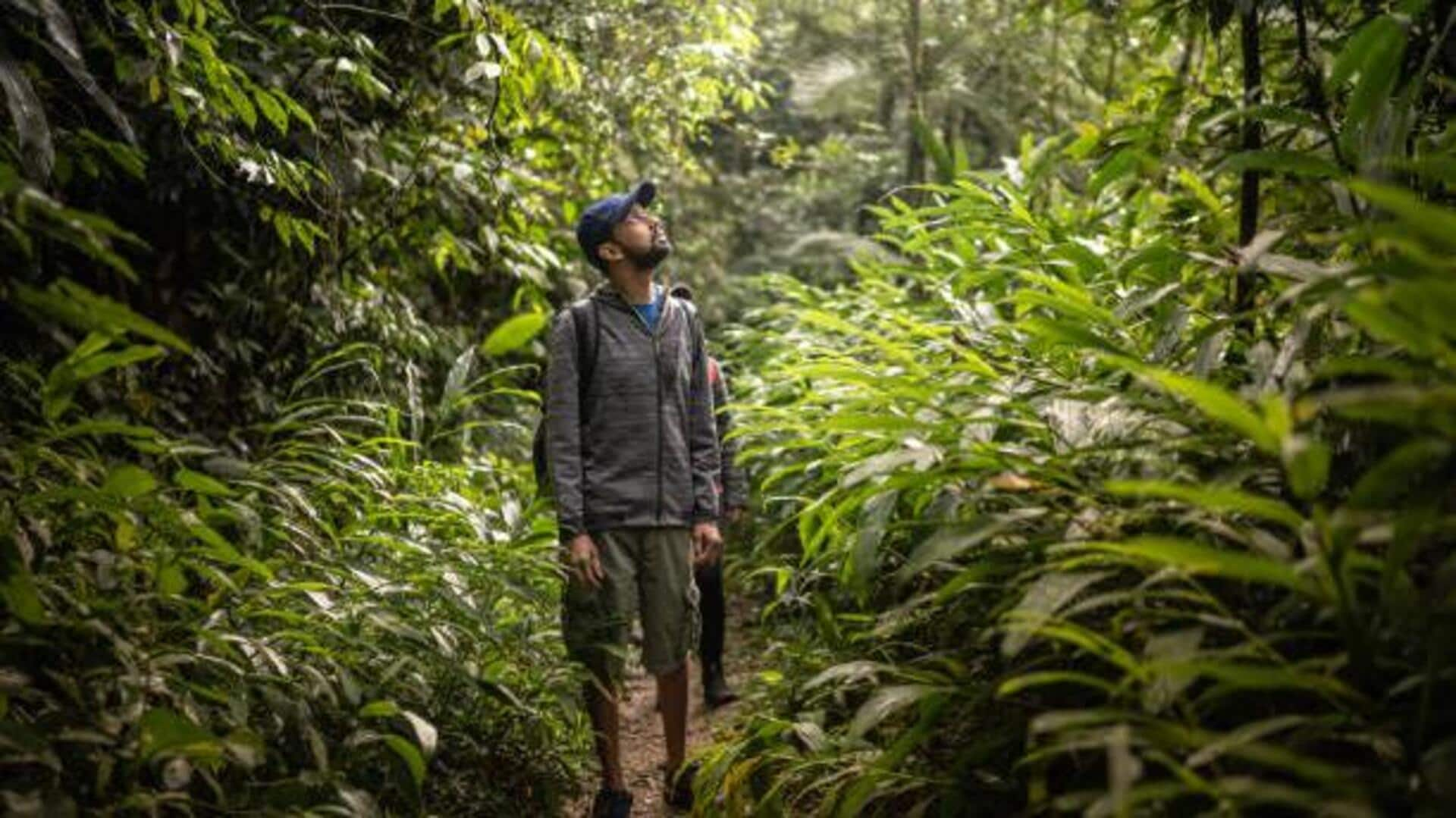Sports
Master the Art of Safe Navigation in Africa’s Diverse Terrains

Exploring the vast and diverse terrains of the African wilderness offers both excitement and significant challenges. From sprawling savannas to arid deserts and lush forests, successful navigation requires a solid understanding of the unique features of these environments. This article provides essential tips for adventurers looking to traverse Africa’s wild landscapes safely and effectively.
Understanding the Terrain
Each region in the African wilderness presents its own set of challenges. Savannas, characterized by open grasslands and scattered trees, can be navigated using landmarks such as hills or distinctive trees. In contrast, deserts pose different risks, including extreme temperatures and shifting sand dunes that can obscure paths. Dense forests bring their own complexities, with thick underbrush and limited visibility.
Familiarizing yourself with the specific characteristics of the terrain not only aids in navigation but also enhances your overall experience. Recognizing the local flora and fauna can provide clues about your surroundings and help you make informed decisions during your journey.
Essential Navigation Skills
Having the right skills is crucial for anyone venturing into the wilderness. Traditional methods, such as using a compass or a detailed map, remain indispensable. However, technology has also transformed navigation. Applications like Google Maps and specialized outdoor navigation tools can provide real-time updates and assistance.
It is important to complement these tools with fundamental skills. Understanding how to read a map and orient yourself using a compass ensures that you can navigate even in areas with limited signal reception.
Additionally, learning to recognize natural indicators can be invaluable. For example, the sun rises in the east and sets in the west, and certain vegetation types may indicate the presence of water sources.
Preparation and Safety Measures
Preparation is key to a successful wilderness experience. Before embarking on any adventure, ensure you have a comprehensive plan that includes a detailed itinerary, emergency contacts, and safety equipment. Always inform someone of your route and expected return time.
Carrying sufficient supplies is vital. This includes water, food, a first-aid kit, and navigation tools. Depending on the terrain, specific equipment like walking sticks or GPS devices may also be beneficial.
While exploring, stay aware of your surroundings and be prepared for sudden changes in weather or terrain. Understanding and respecting wildlife can also enhance safety; knowing which animals to avoid and how to respond in encounters can prevent dangerous situations.
By mastering the skills needed to navigate Africa’s diverse terrains, adventurers can enhance their experiences and ensure their safety. Whether traversing the sweeping savannas or the dense forests, being prepared and knowledgeable transforms a challenging journey into an unforgettable adventure.
-

 World5 months ago
World5 months agoSBI Announces QIP Floor Price at ₹811.05 Per Share
-

 Lifestyle5 months ago
Lifestyle5 months agoCept Unveils ₹3.1 Crore Urban Mobility Plan for Sustainable Growth
-

 Science4 months ago
Science4 months agoNew Blood Group Discovered in South Indian Woman at Rotary Centre
-

 World5 months ago
World5 months agoTorrential Rains Cause Flash Flooding in New York and New Jersey
-

 Top Stories5 months ago
Top Stories5 months agoKonkani Cultural Organisation to Host Pearl Jubilee in Abu Dhabi
-

 Sports4 months ago
Sports4 months agoBroad Advocates for Bowling Change Ahead of Final Test Against India
-

 Science5 months ago
Science5 months agoNothing Headphone 1 Review: A Bold Contender in Audio Design
-

 Top Stories5 months ago
Top Stories5 months agoAir India Crash Investigation Highlights Boeing Fuel Switch Concerns
-

 Business5 months ago
Business5 months agoIndian Stock Market Rebounds: Sensex and Nifty Rise After Four-Day Decline
-

 Sports4 months ago
Sports4 months agoCristian Totti Retires at 19: Pressure of Fame Takes Toll
-

 Politics5 months ago
Politics5 months agoAbandoned Doberman Finds New Home After Journey to Prague
-

 Top Stories5 months ago
Top Stories5 months agoPatna Bank Manager Abhishek Varun Found Dead in Well









